Source: Global Perspectives on Japan (GPJ), No.1 (2017), pp.127-154
Publisher: Forum Tauri Press
DOI: https://doi.org/10.62231/GP1.160001A05
Keywords: Battleship Yamato, Godzilla, monster, image-object, superhero
Abstract
This paper explores the ways in which traumatic memories are shaped and transmitted by looking at two popular Japanese post-war media phenomena, Godzilla and Space Battleship Yamato. In opposition to the definition of trauma as that which escapes representation, I will argue with reference to the work of Aby Warburg that traces of trauma can energize certain forms of representation and provide them with a sometimes uncanny afterlife. Central to Warburg’s conception of the afterlife of images is the notion of the ‘pathos formula’, a dynamic conception of the symbol as that which renders strong transient effects (fear, horror, revulsion) enduring and stable. Both Godzilla and Space Battleship Yamato feature motifs of the return of the repressed and are structured around repetitive climactic scenes: the attack of the monster(s) and the sinking of the battleship. By reading these monstrous appearances as traumatic signatures and slips in time, my aim is to 1) develop an understanding of the agency of the past and its relationship to linear time as presented in the Japanese post-war popular culture staple of cycles of destruction and rebirth; and 2) to follow a particular theoretical trail of memory that has been more or less silenced by functionalist and structuralist anthropology. I shall also argue that it is this energetic charge that allows certain image-objects to cross boundaries between different genres (anime, manga, and life-action), between high and low, and between the serious and the entertaining.


